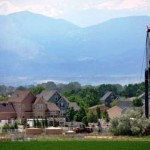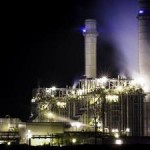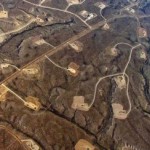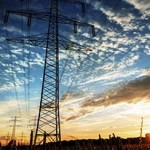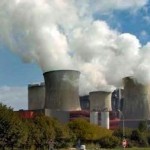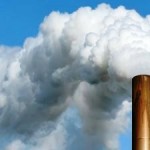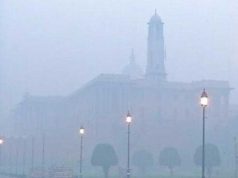Most fracking wastewater in the United States is injected deep underground, and an increasing amount is recycled for subsequent drilling or sent to advanced water treatment facilities. However, a handful of States still allow the wastewater to be used for watering cattle, sprayed onto roads for dust control or sent to municipal water-treatment plants not equipped to handle the chemicals involved.
All bad ideas, according to the authors of the new survey, who work at Stanford, Duke University, MIT, Ohio State University, Newcastle University, Los Alamos National Laboratory (LANL) and the National Oceanic and Atmospheric Administration (NOAA). One study they cite found that the agricultural use of fracking wastewater killed more than half of nearby trees within two years.
Injection of wastewater deep underground presents its own problems, the study finds. The practice occasionally has caused earthquakes strong enough to be felt by human beings, while the fracturing of shale miles below the surface rarely has done so. The dangers of seismicity can be reduced, however, if energy companies follow basic guidelines and undertake careful monitoring.
The study highlights several policies and practices that could optimize fracking’s environmental cost-benefit balance, and it highlights the need for further research. For example, the direct impact on the health of nearby residents is virtually unknown.
“Almost no comprehensive research has been done on health effects,” said Jackson, “but decisions about drilling – both approvals and bans on fracking -are made all the time based on assumptions about health risks.”
The National Science Foundation (NSF), Duke University and Los Alamos National Laboratory supported this research. Additional co-authors include Thomas Darrah of Ohio State University, J. William Carey of Los Alamos National Laboratory, Francis O’Sullivan of MIT, Richard Davies of Newcastle University and Gabrielle Pétron of the U.S. National Oceanic and Atmospheric Administration.
Click here to read/download the Full Study.
Source: By Mark Golden, Precourt Institute for Energy, Stanford University.

